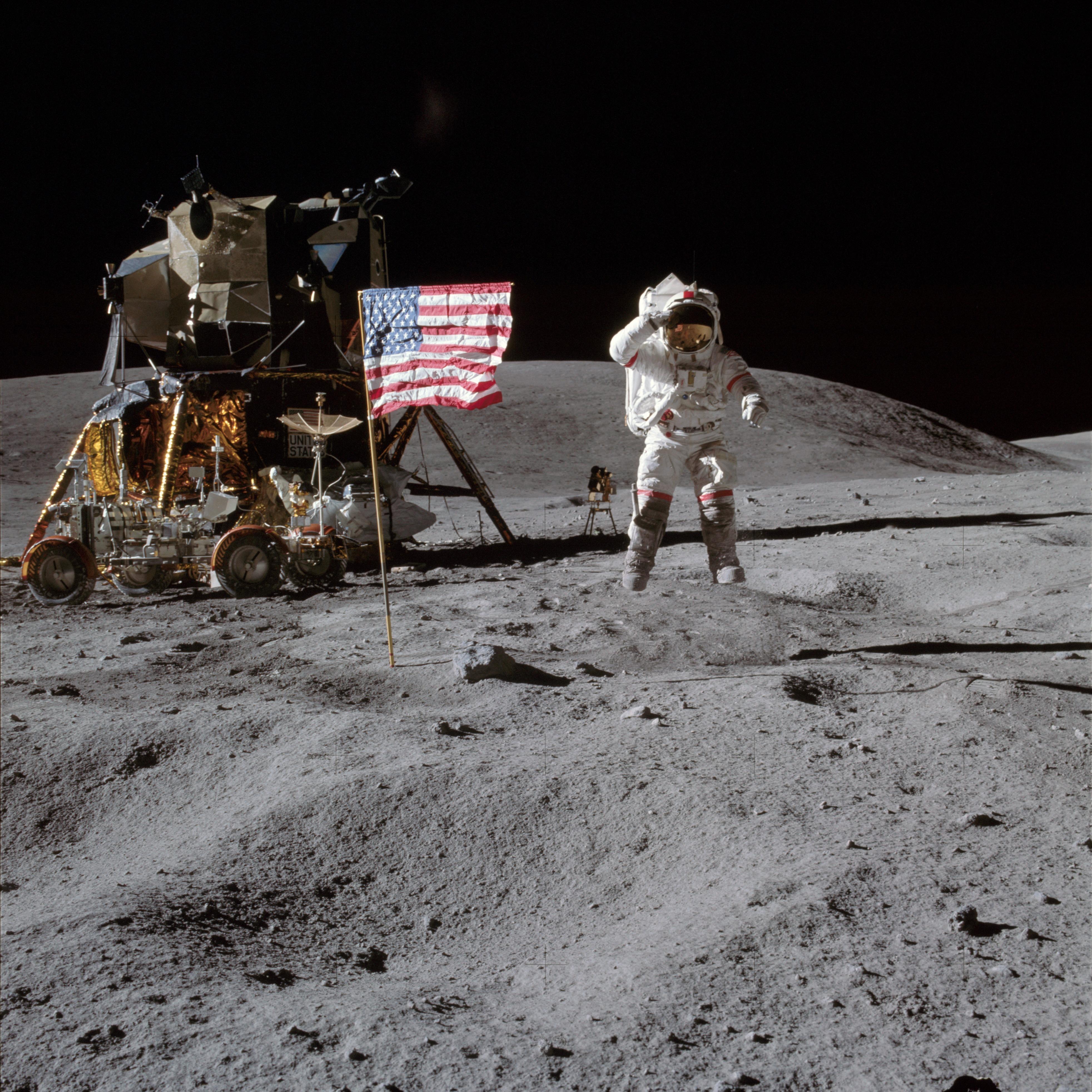On April 16, 1972, Apollo 16 launched as the fifth crewed mission to the Moon. This mission marked a pivotal moment, as it explored the lunar highlands—a region previously uncharted by humans. The crew included John W. Young (Commander), Charles M. Duke (Lunar Module Pilot), and Thomas K. Mattingly (Command Module Pilot).
Their destination was the Descartes Highlands, a mountainous area believed to hold crucial information about the Moon’s geological history. After landing on April 20, Young and Duke spent 20 hours on the lunar surface, collecting 200 pounds of rock samples and deploying scientific instruments, including the Lunar Roving Vehicle (LRV), allowing them to travel up to 3 miles from the landing site.
Meanwhile, Mattingly orbited the Moon, managing communications and conducting experiments from the Command Module, Casper.
The mission returned safely on April 27, providing vital scientific data on the Moon’s age and composition. Apollo 16 was instrumental in expanding our understanding of the Moon and set the stage for future space exploration.

